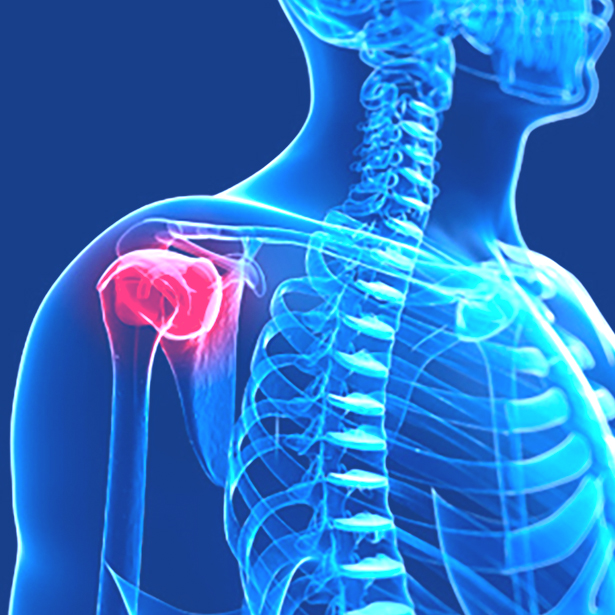
Our treatments provide pain relief for many varing conditions, including;
Rotator Cuff Tendonitis – Front shoulder pain caused by swelling of the shoulder tendons.
Tendonitis – Through repetitive overuse, over strain and aging, tendons can inflamed, which is known as tendonitis.
Impingement Syndrome – Shoulder pain when reaching overhead or behind.
Adhesive Capsulitis – Also known as Frozen Shoulder. Shoulder pain with loss of motion.
Rotator Cuff Tendinitis
The rotator cuff is a group of muscles and tendons that attach the upper arm bone (humerus) to the shoulder blade (scapula). This provides movement to the shoulder and arm. When these tendons become irritated and inflamed an individual will experience shoulder pain as a result of rotator cuff tendinitis. Rotator cuff tendinitis can also occur when a tendon is torn due to overuse or injury, meaning that any movement of the shoulder will result in shoulder pain.
These rotator cuff tendons pass under an area of bone. If the tendons become irritated and inflamed, movement of the tendons can cause them to fray and tear, resulting in the individual experiencing shoulder pain.
What are the causes of Rotator Cuff Tendinitis?
Rotator cuff tendinitis commonly occurs when the shoulder is kept in the same position for long periods of time. This can be seen when people doing long periods of computer work, experience shoulder pain. Sleeping on the same arm over a number of consecutive nights can also result in shoulder pain.
Rotator cuff tendinitis can also be caused by overuse of the shoulder. This is common in sports professionals requiring consecutive shoulder movements and also in jobs that require long periods of working with the arm overhead, such as painters or carpenters.
Another cause of rotator cuff tendinitis is poor posture. Poor posture over time can lead to tendons being worn and frayed.
Shoulder pain can also arise when the rotator tendon is torn. A sudden or acute tear can result from falling on an outstretched arm, or a jerking motion when trying to lift something heavy. Chronic tears occur over time, when gradual and consistent fraying results in the tendon being torn.
What are the symptoms of Rotator Cuff Tendinitis?
Rotator cuff tendinitis can be identified when shoulder pain occurs during tasks that involve moving the arm overhead. Activities would include brushing your hair or taking something from a high shelf. Pain is more likely located in the front of the shoulder and can spread around to the upper arm. With rotator cuff tendinitis, the pain will stop before the elbow. If pain is experienced further than the elbow, it may be an indication of a trapped nerve.
At first, shoulder pain will only be experienced by movement and will be mild. Over time, shoulder pain will become persistent and be experienced even during rest. Weakness, loss of motion and stiffness will be common, especially when lifting the arm overhead.
An acute rotator cuff tear will be evident by severe and intense shoulder pain. Weakness of the arm and shoulder, along with a snapping sensation of movement, will often be experienced.
Chronic rotator cuff tears can be symptomised by gradual increasing shoulder pain, along with weakening, stiffness and loss of motion.
What are the treatments for Rotator Cuff Tendinitis?
Treatment primarily involves resting the shoulder, applying ice packs and avoiding activities that involve shoulder movements. Physical therapy treatments, such as neuromuscular therapy or dry needling, can also provide lasting pain relief. These treatments will reduce the inflammation or irritation of the tendons. Neuromuscular therapy and dry needle therapy can also provide pain relief if the individual has experienced a partial tear of the rotator cuff tendon.
If the rotator cuff tendinitis is caused by poor posture, chiropractic adjustmenst can also help with pain relief and provide a lasting solution.
If you feel like you could benefit from any of our treatments, or if you would like more information on rotator cuff tendinitis, please do not hesitate to contact us.
